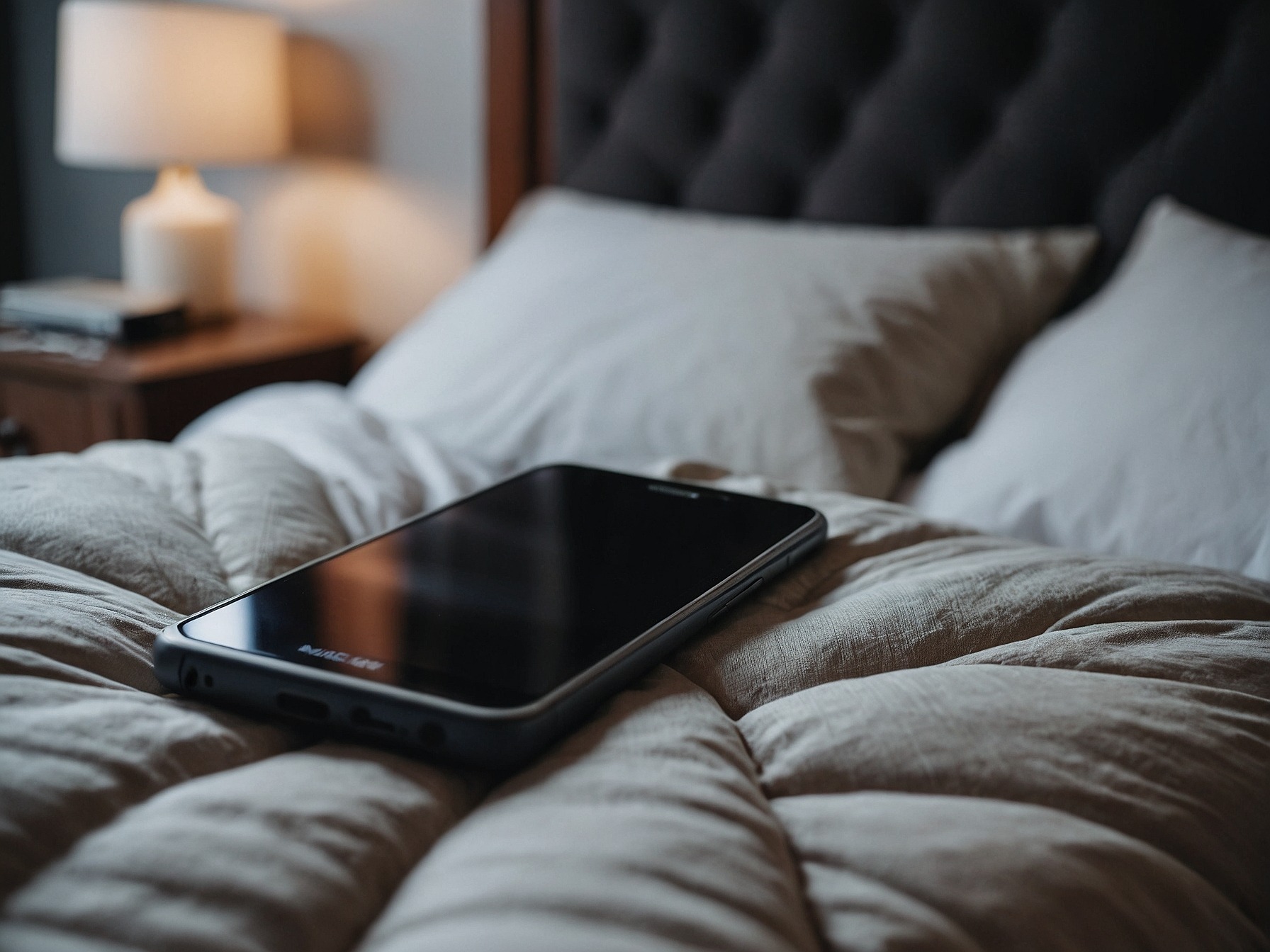In 2020, a group of researchers led by Michelle Carr conducted an experiment in which participants were to achieve lucid dreaming using cognitive training (self-suggestion techniques) and external stimulation (cueing the sleeper). The experiment was successful: 50% of the participants achieved lucidity. However, the utilized techniques were only available in a laboratory setting.
Recently, another group of reputable scientists (Konkoly, Whitmore, Mallett, Mazurek, and Paller) replicated this experiment but in a home environment using a regular smartphone. They developed an application and found volunteers in lucid dreamer communities. Similar to the laboratory experiment, the program provided cues for lucidity, including “As you notice the signal, you become lucid. Bring your attention to your thoughts and notice where your mind has wandered.”
In the evening, participants were instructed to place the smartphone near the pillow and disable other notifications. The signal was presented six hours after participants fell asleep. The volume was adjusted for each user to be audible but not to wake them up. The system also reacted to movements and paused if it detected activity.
The results indicate that using a regular smartphone to induce lucid dreams is quite feasible, as the number of lucid dreams increased. On average, every third dream of the participants was lucid. Currently, the scientists plan to incorporate available wearable devices to track sleepers’ pulses and movements.
Have you ever used any applications for lucid dreaming?
The preprint of the article was published in February 2024 on OSF.
Get all the latest news about lucid dreams via our channels on Telegram, Facebook, Twitter




